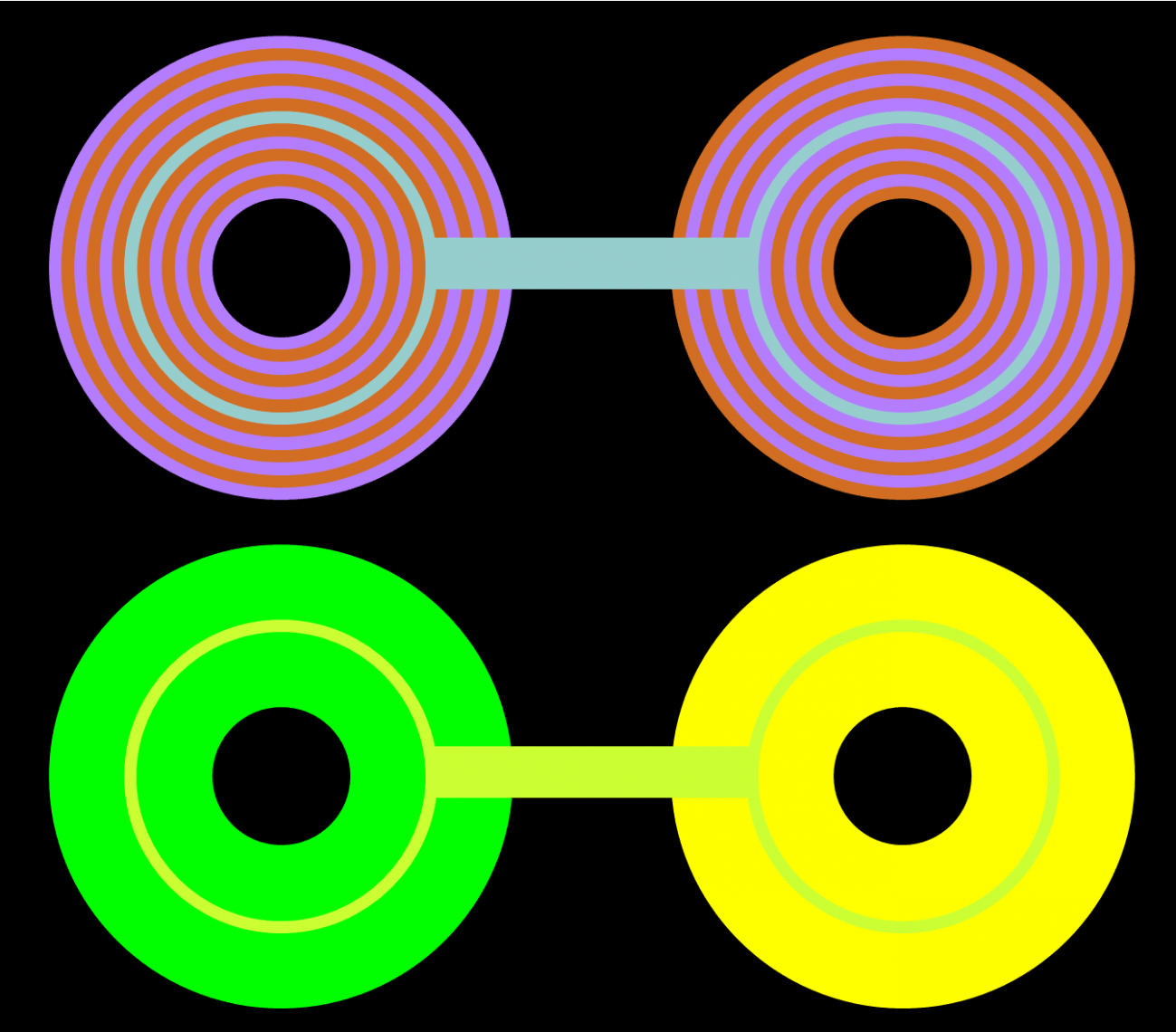A scientific team with members of the Institute of Optics, Pompeu Fabra University, the Autonomous University of Barcelona and the Grenoble INP – Phelma have published an article in the journal
Journal of vision in which they present a visual perception model that is capable of predicting induction visual effects and also reversing them.
In this way, this model could adapt the optical effects of visual induction of the films to match its experience on any type of screen.
Applications
It is a common practice in audiovisual production to manually modify the original mastered image when it is distributed to different platforms. In this process, a skilled artist works to ensure that the visual narrative intentions of the piece are preserved in its original format. For example, a piece that had an original theatrical release can be remastered for separate releases for home video or broadcast television. However, today there are so many different displays (high dynamic range, wide color gamut, 4K and 8K displays, mobile devices) that manual processing is no longer a viable solution for handling distribution patterns.
Visual induction
In visual perception, induction designates the effect by which the brightness and color saturation of an object are affected by its surroundings. Visual induction can take two forms: assimilation, when the perception of an object shifts towards that of its surroundings, or contrast, when the appearance of a region of the image moves away from that of its local neighborhood.
Thus, the same scene on one screen can suffer one effect and the opposite effect on another.

Visual examples of assimilation (above, showing patterned circles lilac-red on the right and red-lilac on the left) and contrast (the circles below). In both cases, the central ring of the pattern on the right and the one on the left is exactly the same, but we perceive it in different colors due to the organization of the colors around it. / Xim Cerdà-Company -Computer Vision Center (UAB)
Proposed model
In this work we have modified a neural activity model so that it is invertible, and we have adjusted its parameters so that it is able to predict the perception of visual induction phenomena. In this way, if an image I has been created to be displayed on a screen A of certain dimensions (e.g. a cinema screen) but it is known that it will be displayed on another screen B of different dimensions (e.g. e.g., a mobile screen), our model allows creating a new Ip version of the image so that when viewing Ip on screen B the induction effects are close to those seen when viewing the original image I on screen TO.
The capabilities of the method have been tested through experiments with volunteers on images created especially for the experiment and also with natural images. The preliminary results are encouraging.
This work is a collaboration between the Institute of Optics, the
Department of Information and Communication Technologies of Pompeu Fabra University , the
Department of Computer Vision Center and the Computer Sciences of the Autonomous University of Barcelona and the
Grenoble INP – Phelma
Link to scientific article 






